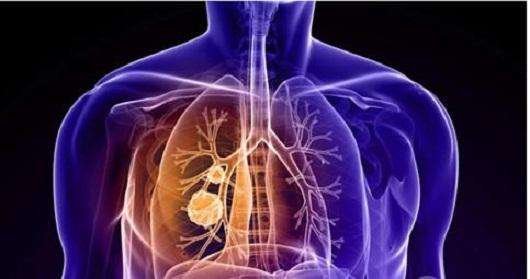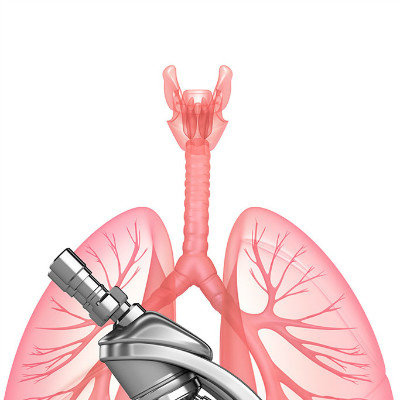How is nephritis Dropsy Treated
summary
Many patients with nephropathy, especially those with nephrotic syndrome or chronic nephritis, will have a symptom of edema, most of which are swollen feet or eyelids. Now talk about how to treat nephritis edema.
How is nephritis Dropsy Treated
The first is: first, the glomerular filtration is down, and the renal tubules absorb water and sodium again * *, which leads to water and sodium retention. This is often accompanied by an increase in capillary permeability of the body, so water retention in interstitial tissue is more common in nephritis.

Second: when a large amount of proteinuria is produced, the protein concentration in human blood will be reduced, which will lead to human hypoproteinemia. When the concentration of protein in blood decreases, the osmotic pressure of plasma colloid in blood vessel will decrease.

Third: the decrease of plasma colloid osmotic pressure indicates that the proportion of water in the blood is larger than that in the tissue, so the water in the blood will penetrate into the interstitial space of the tissue. The more the water in the tissue seeps, the more it accumulates, and eventually it will lead to edema of the human body.

matters needing attention
For nephrotic edema, proteinuria must be controlled, and immunosuppressive drugs (dexamethasone, prednisone, etc.) can be used to restore normal glomerular permeability. * lying in bed, supine can increase renal blood flow, increase glomerular filtration rate, reduce water and sodium retention, mild edema patients rest in bed and exercise alternately, activity limit should be limited, serious edema patients rest in bed, and raise the edema limb to facilitate blood flow and reduce edema.













